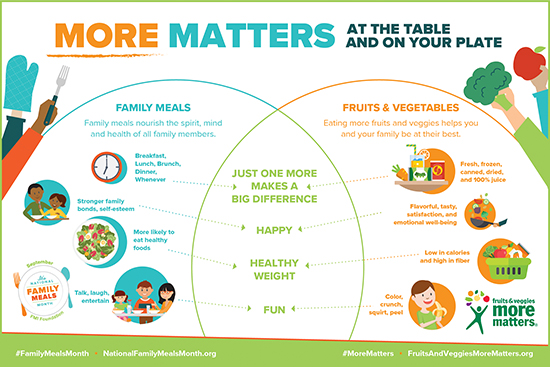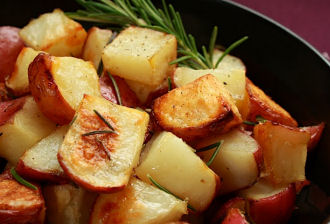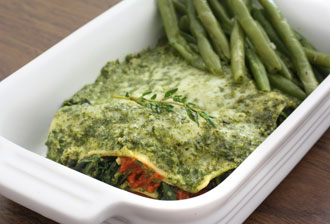September is Fruit and Veggies Month
But really shouldn’t every month be fruit and veggies month? I suppose it’s nice to use a month to raise awareness of the importance fruit and veggies play in our diets. But don’t we all know that already? Yet most dietary studies reveal that the vast majority of us do not eat enough of either category…yet another question…why is that? Why don’t we eat enough fruit and veggies?

The excuses usually fall into three categories: too expensive, don’t like the taste, and too inconvenient/time consuming to prepare. Too expensive? Have you been to a local farmer’s market lately? They’re cheap as dirt. Taste bad? Really? EVERY fruit and vegetable out there tastes bad? Mangos, raspberries, okra, peppers, beets, apples, all taste bad? Too inconvenient? Grab a banana, orange, peel and eat. Cut up a cantaloupe, honeydew, or watermelon and enjoy. Throw some spinach in a bowl, chop up some cucumber, red and yellow peppers, carrots, and onions and roughly eight minutes later you’ve got a delicious and nutritious salad.
Now that we’ve gotten the excuses out of the way, the next question is: why should we eat more fruit and vegetables? Short answer: because they’re low calorie, nutrient rich foods that have been proven to fight obesity, high cholesterol, certain forms of cancer, heart disease, high blood pressure, and diabetes. ‘nuff said!
Other than the vitamins and minerals we’re familiar with (vitamins A, C, D, B12, potassium, calcium, magnesium) fruits and veggies are also chock full of phytochemicals…health-promoting plant chemicals that nutrition specialists are learning more about. These phytochemicals also give veggies and fruit their unique and vibrant colors and nutritionists have begun to group the benefits they provide by color, as explained below…
Yellow and orange – fruits and veggies contain carotenoids and bioflavonoids that promote heart and vision health as well as support the immune system. So, don’t forget those yellow apples, apricots, mangoes, oranges, carrots, golden beets, butternut squash, yellow peppers, and/or sweet potatoes.

Blue and purple – veggies and fruit possess the phytochemicals anthocyanins and phenolics which have been linked to anti-aging benefits such as urinary tract health and cognitive functions. The list of blue and purple fruits and veggies includes, but is not limited to: blueberries, plums, purple grapes, raisins, eggplant, and purple asparagus, cabbage and carrots.

Brown, tan and white – fruits and veggies are interesting to nutritionists because they contain allicin and the mineral selenium. They have shown promising results in the areas of heart health and maintaining healthy cholesterol levels. Included in this category are: bananas, brown pears, mushrooms, white peaches, garlic, ginger, kohlrabi, onions, parsnips and potatoes.

Green – veggies and fruit come with lutein and indoles which show antioxidant properties which support vision health and healthy bones and teeth. Aside from the commonly thought of leafy greens, also include avocados, kiwi (the fruit, not New Zealanders), green apples and grapes, broccoli, Brussels sprouts, green beans, celery, peas and cucumbers.

So, as you make the decision to consume more fruit and vegetables this September and every month thereafter, ensure you eat all the colors of the rainbow.
You must be logged in to post a comment.